Cats have captivated humans for thousands of years, weaving their way into the fabric of societies across the globe. Their journey from wild creatures to beloved household companions is a tale of survival, adaptation, and mutual benefit. Today, domestic cats are found in countless homes, bringing joy to millions. Their history, however, is as mysterious as the creatures themselves.
Early Origins: The Wild Ancestors
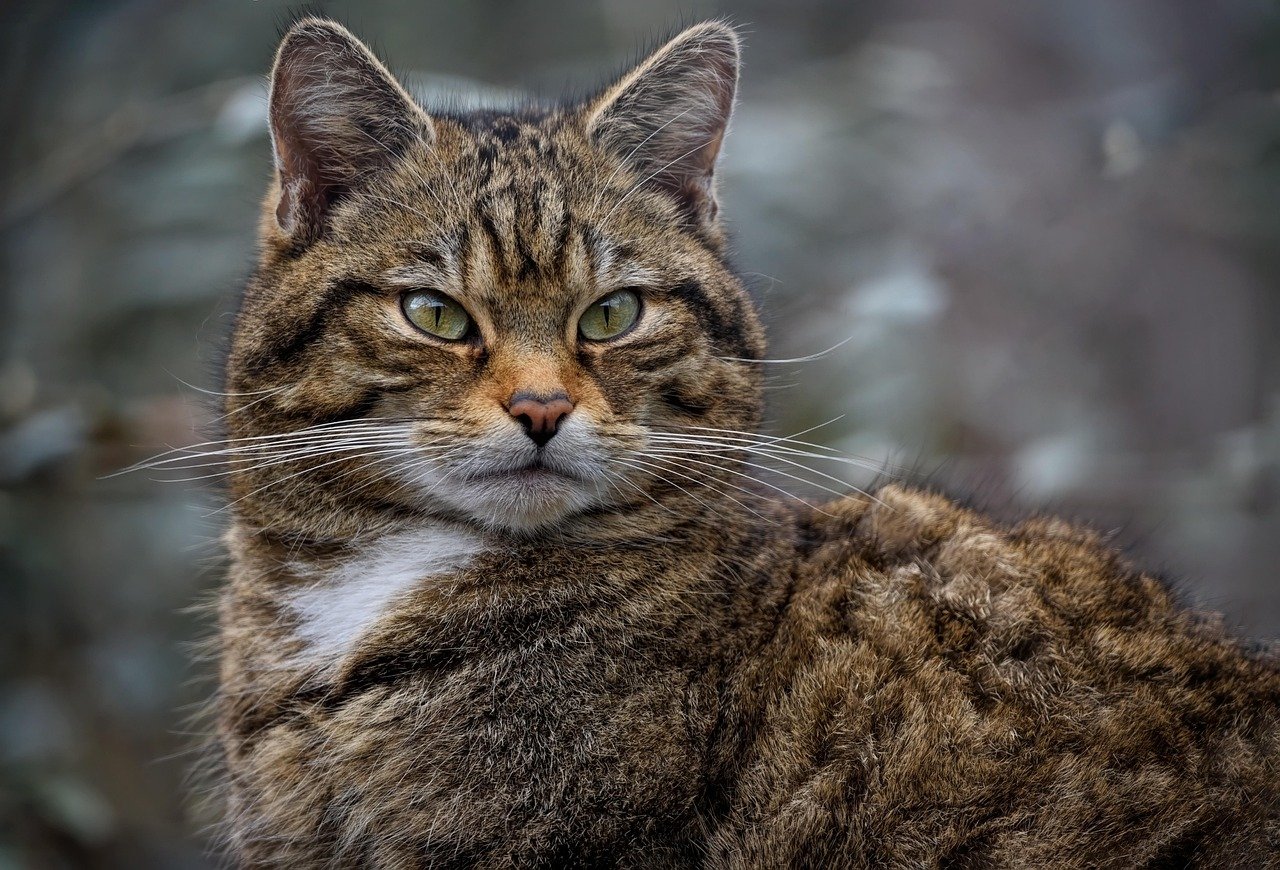
The story of the domestic cat begins with their wild ancestors, the African wildcats (Felis silvestris lybica). These solitary hunters roamed the savannas and deserts of Africa, preying on small animals. Unlike their larger feline cousins, African wildcats were small, agile, and adept at surviving in harsh environments. They possessed a natural curiosity and intelligence, traits that would later endear them to humans. Their journey from wild to domestic began when early human settlements inadvertently provided a new niche for these crafty predators.
The Agricultural Revolution: A New Partnership
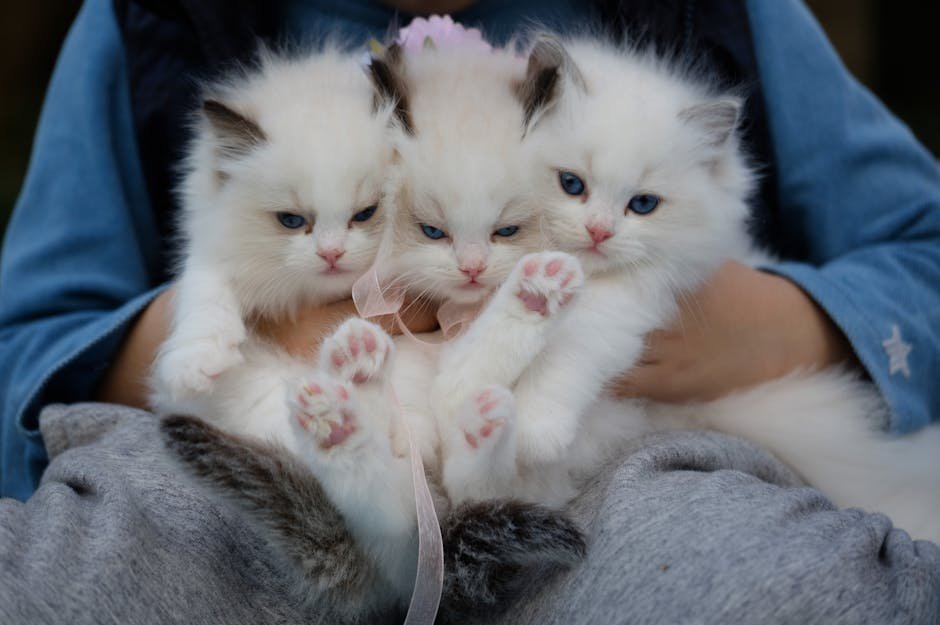
As humans transitioned from nomadic lifestyles to settled agricultural practices, the storage of surplus grain became commonplace. This abundance of food attracted rodents, which in turn drew the attention of African wildcats. Recognizing the benefits of having these skilled hunters around, ancient farmers tolerated their presence. Over time, a mutually beneficial relationship developed. Humans provided a steady food supply, while the cats kept pest populations in check. This partnership set the stage for the domestication of cats.
Egypt: The Sacred Feline
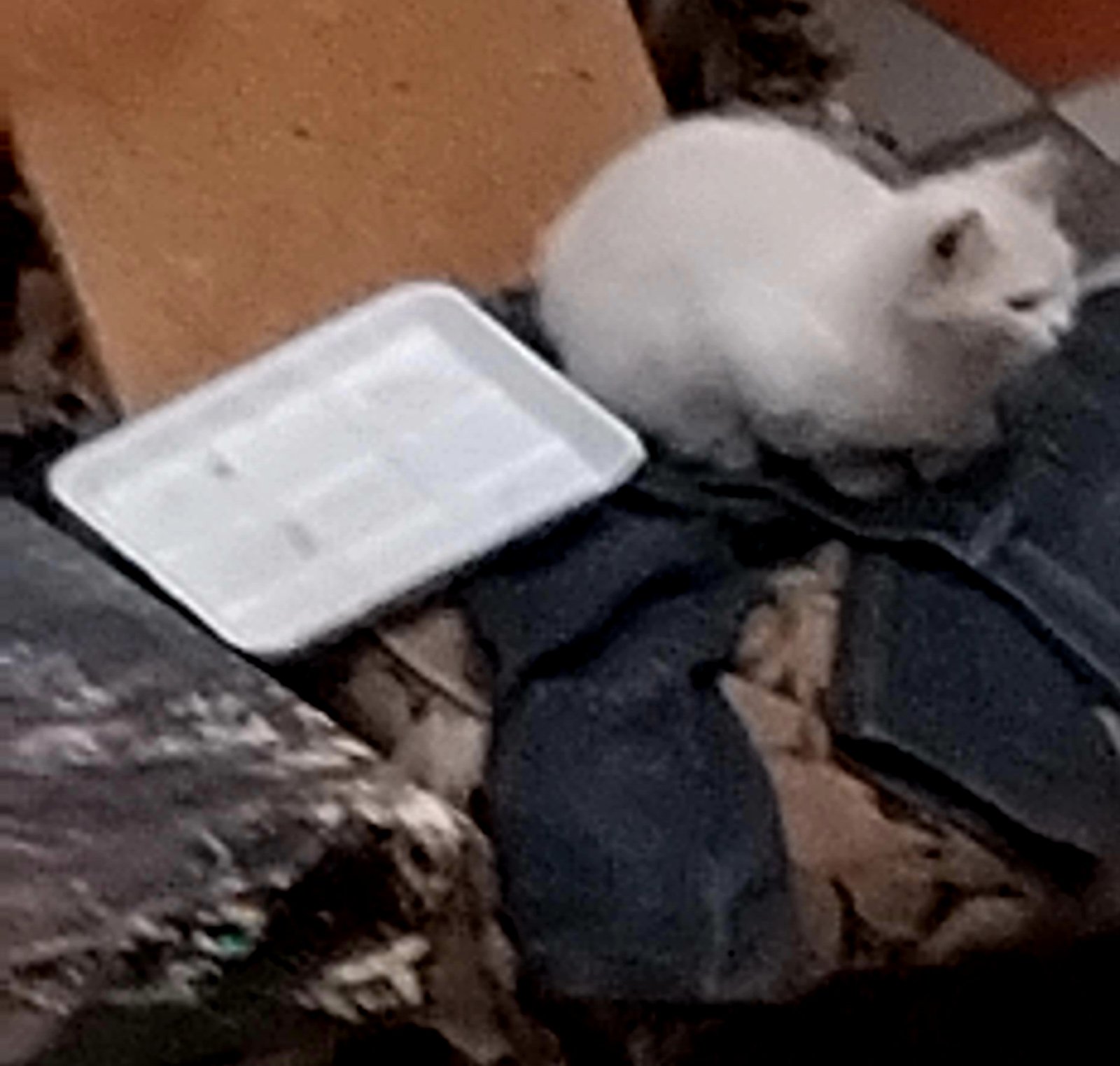
Ancient Egypt is perhaps the most famous early adopter of domestic cats. Revered for their hunting prowess and grace, cats became symbols of protection and fertility. They were associated with Bastet, the goddess of home, fertility, and domesticity. Archaeological evidence shows that cats were kept as pets and even mummified to accompany their owners into the afterlife. Their revered status in Egyptian society marked a significant step in the spread of domestic cats across cultures.
Spreading Through Trade: Cats on the Move
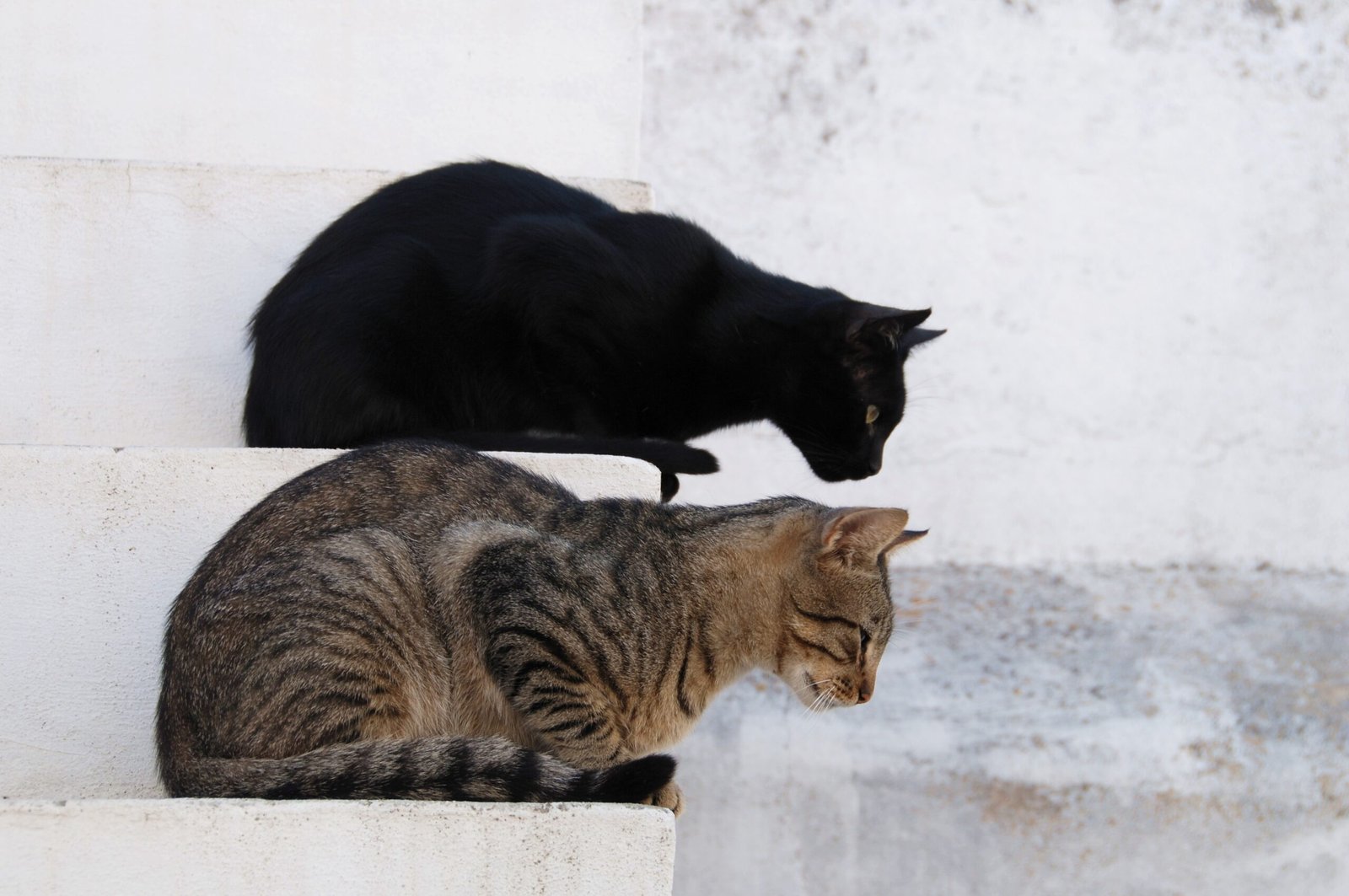
As trade routes expanded, so too did the reach of domestic cats. Egyptian merchants and travelers often brought cats aboard ships to control rodent populations. These cats found new homes in ports across the Mediterranean, gradually spreading to Greece, Rome, and beyond. Their adaptability and charm endeared them to new cultures, facilitating their spread across continents.
Cats in Ancient Rome: From Utility to Companionship

In ancient Rome, cats were initially valued for their practical role in controlling pests. However, as they became more integrated into Roman households, their status evolved. Cats began to be seen as companions, and their presence in art and literature increased. The Roman Empire played a crucial role in dispersing cats throughout Europe, further establishing their presence in diverse cultures.
Medieval Misunderstandings: Cats in the Middle Ages
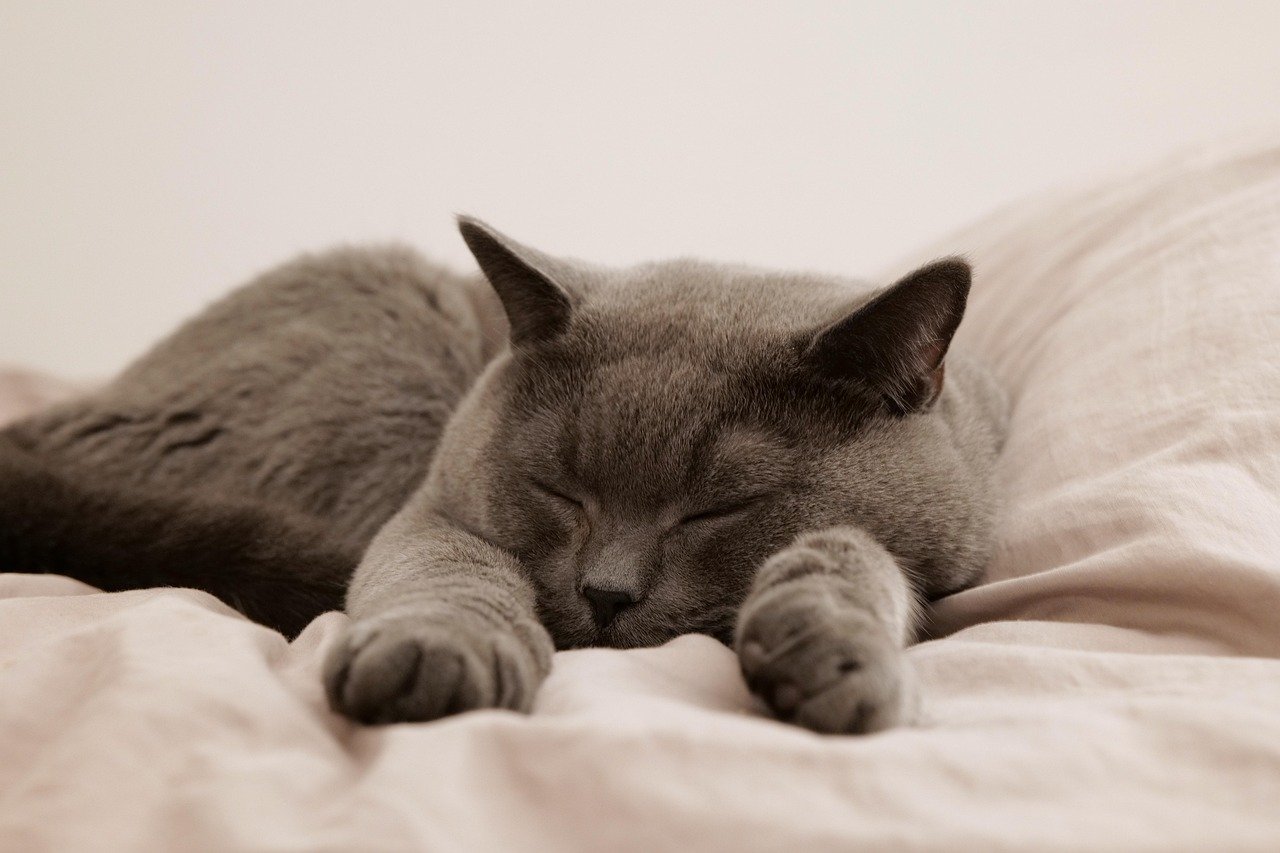
The Middle Ages were a tumultuous time for cats. In some regions, they were associated with witchcraft and superstition, leading to widespread persecution. Yet, despite these challenges, cats continued to thrive. Their resilience and ability to survive in difficult circumstances ensured their persistence. Ironically, their persecution may have inadvertently contributed to the spread of the Black Death, as rodent populations went unchecked.
The Renaissance: A Change in Perception
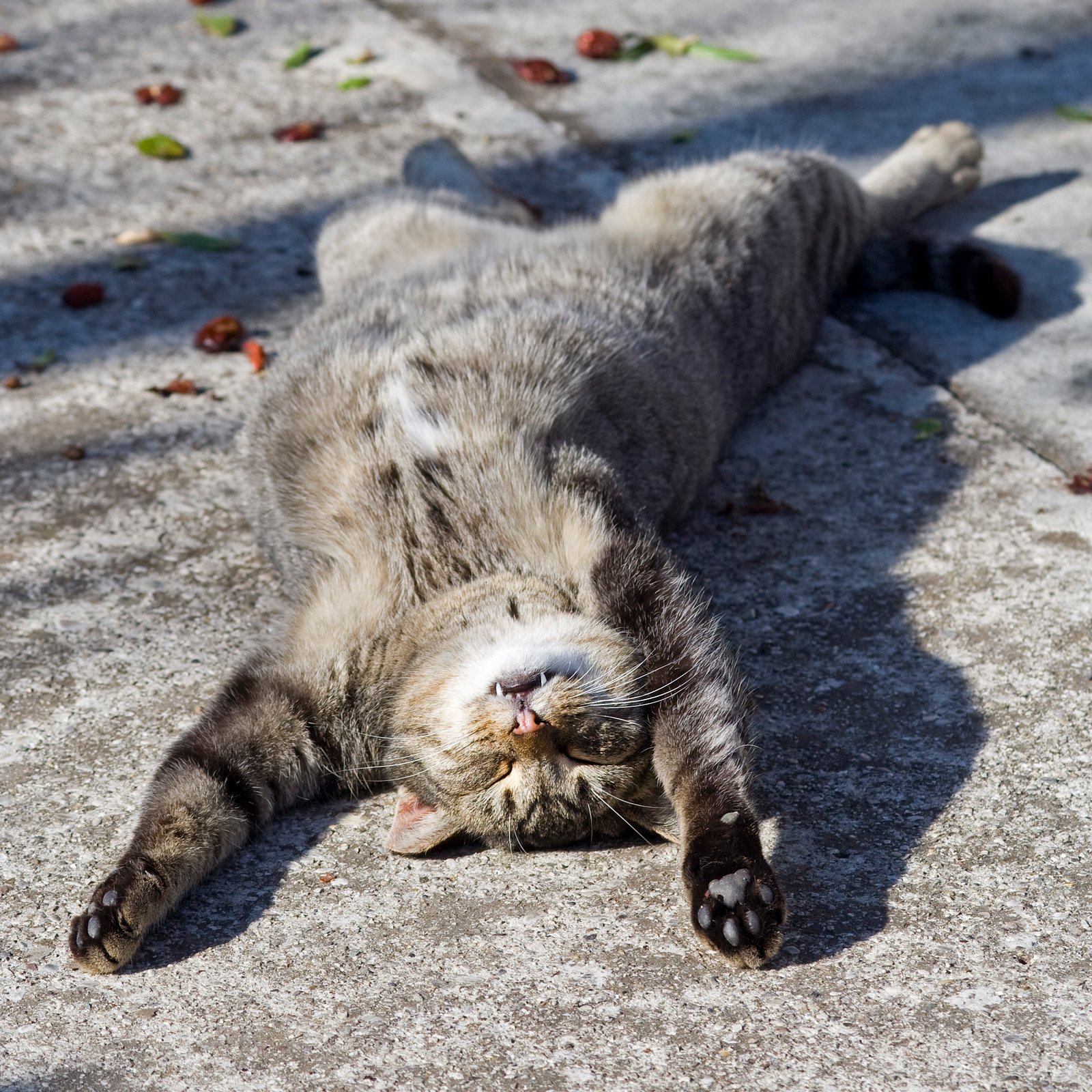
With the arrival of the Renaissance, societal attitudes toward cats began to shift. As science and reason gained prominence, the superstitions surrounding cats began to wane. Artists and writers celebrated their beauty and independence, and cats once again found favor in human hearts. This renewed appreciation solidified their status as cherished companions.
Colonial Expansion: Cats Across the Oceans
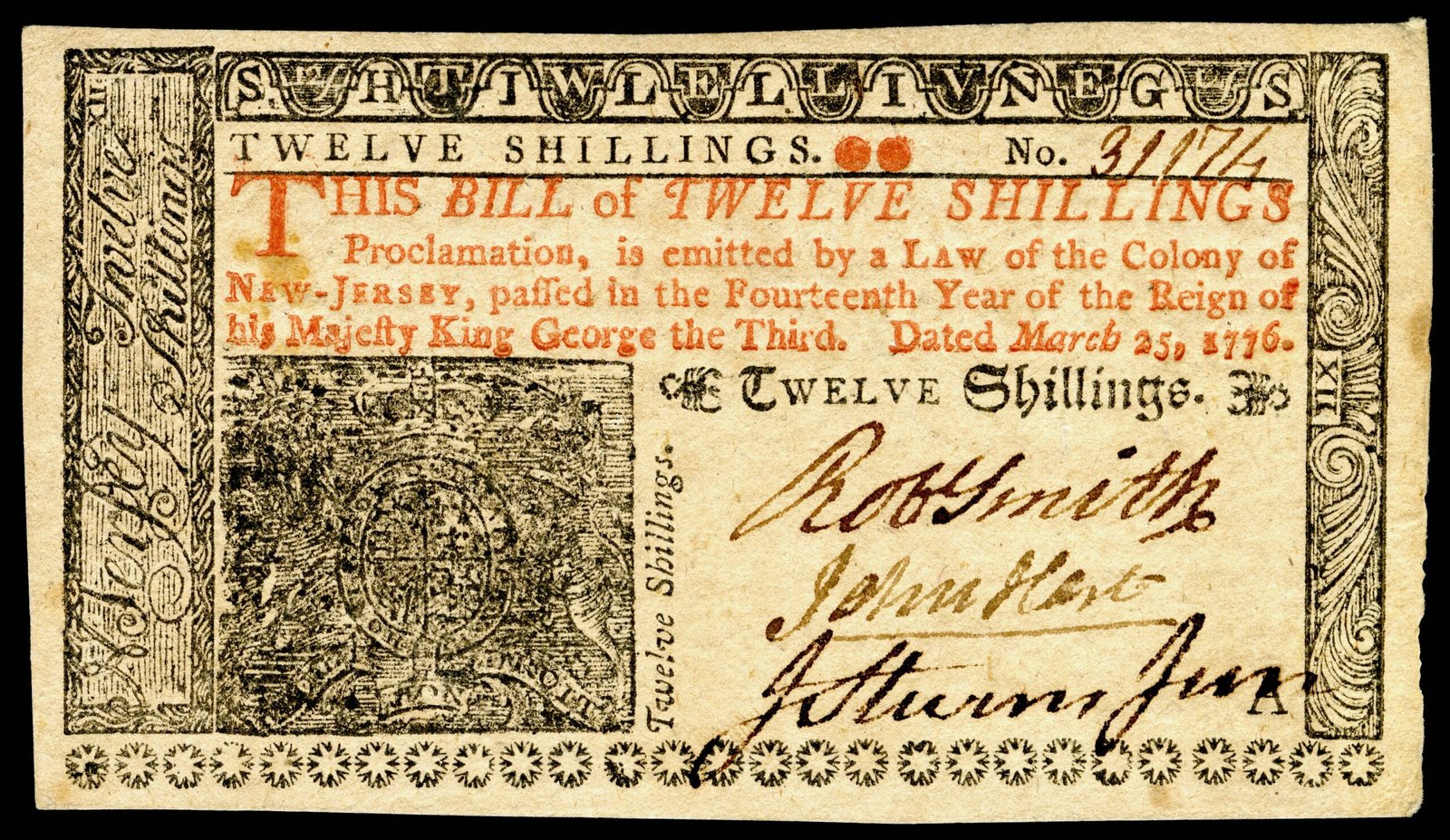
The age of exploration and colonial expansion saw cats traveling to new lands. European settlers brought cats to the Americas, introducing them to indigenous cultures. These adaptable creatures quickly integrated into their new environments, thriving alongside their human companions. Cats also reached Asia and Australia, further extending their global reach.
Cats in Asia: Cultural Significance and Symbolism
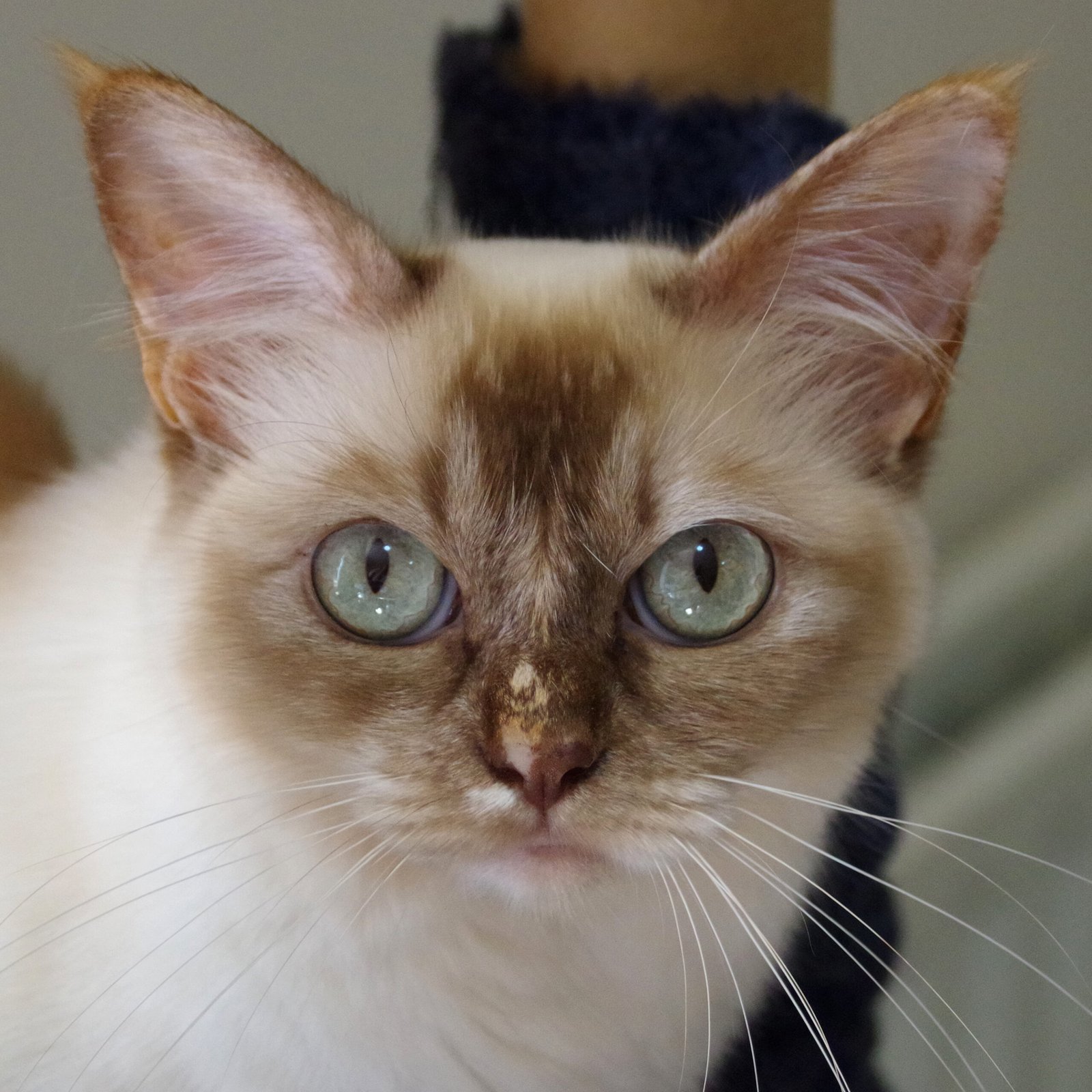
In Asia, cats were met with diverse reactions. In Japan, they were revered for their ability to ward off evil spirits and bring good fortune. The iconic “maneki-neko” or beckoning cat is a testament to their cultural significance. In China, cats were valued for their ability to protect valuable silks from rodents. These cultural connections further cemented the place of cats in human societies.
Victorian Era: The Birth of Cat Fancy
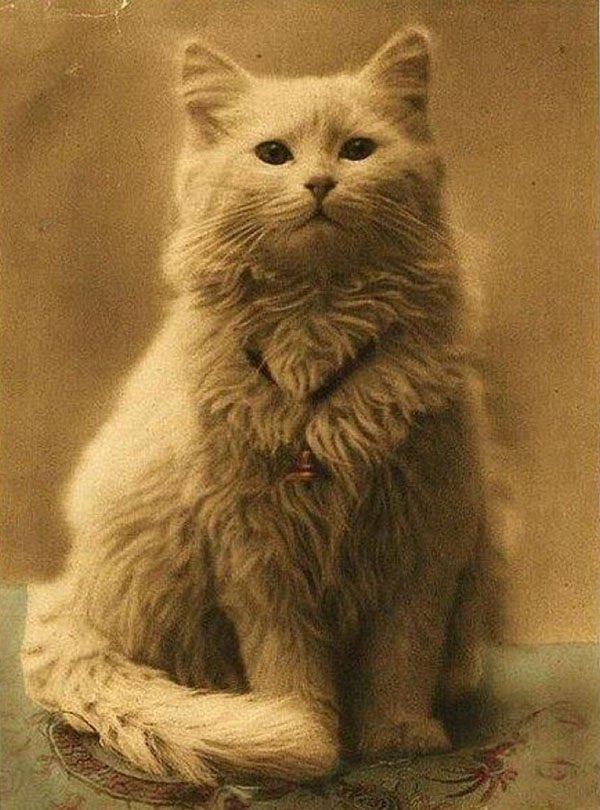
The Victorian era marked a turning point in the history of domestic cats. With the rise of the middle class, pet ownership became a status symbol. Cat shows and breeding programs emerged, leading to the development of distinct breeds. This newfound interest in cats as pets rather than mere pest controllers contributed to their growing popularity.
The Modern Era: Cats in Contemporary Society
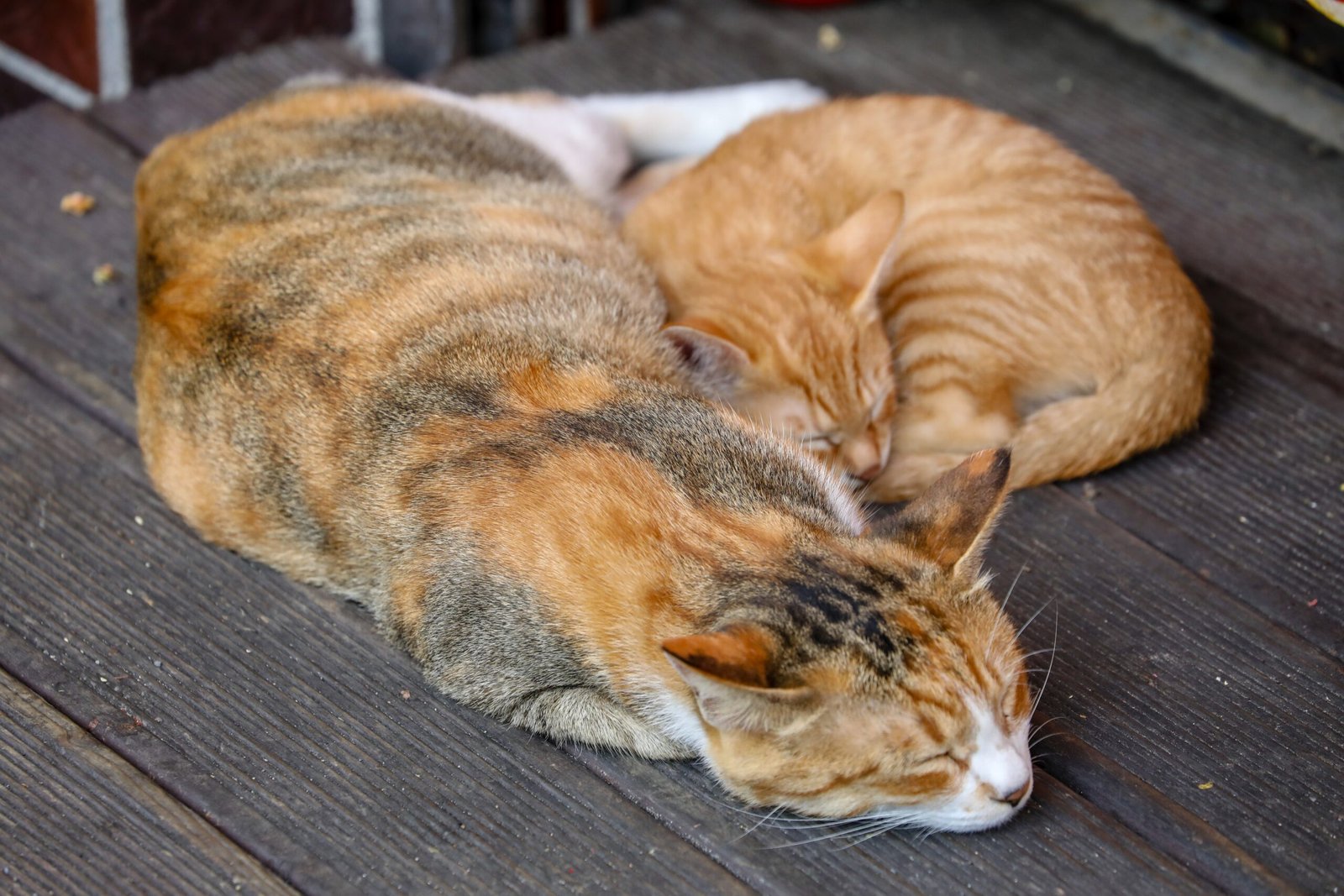
Today, cats are one of the most popular pets worldwide. Their independent nature, coupled with their ability to adapt to various living conditions, makes them ideal companions for modern lifestyles. Social media platforms have further amplified their appeal, with countless cat videos and memes captivating audiences. Cats have become cultural icons, embodying a blend of mystery, grace, and playfulness.
Cat Breeds: Diversity Within Domesticity

The domestication of cats has led to a wide variety of breeds, each with distinct characteristics. From the elegant Siamese to the fluffy Persian, cat breeds offer something for every feline enthusiast. These diverse breeds highlight the adaptability of cats and their ability to thrive in different environments. Breeds are often chosen based on personality traits, physical appearance, and suitability to household needs.
Feral Cats: The Wild Side of Domesticity
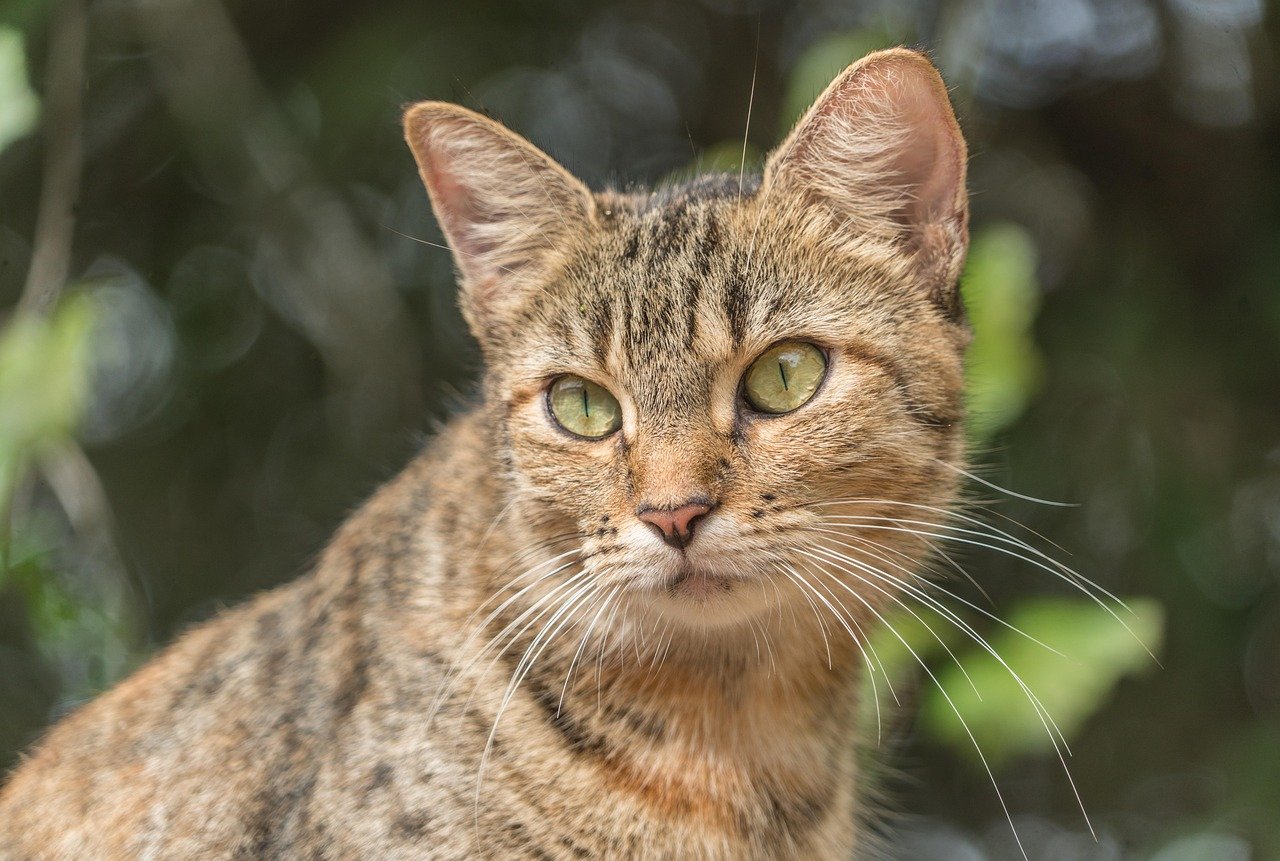
While many cats enjoy the comfort of human homes, others live a more independent lifestyle. Feral cats, often born in the wild, navigate a challenging existence. They rely on their instincts to survive, often forming colonies in urban areas. Efforts to manage feral cat populations, such as trap-neuter-return programs, aim to balance their presence while ensuring their welfare.
Understanding Cat Behavior: A Window Into Their World
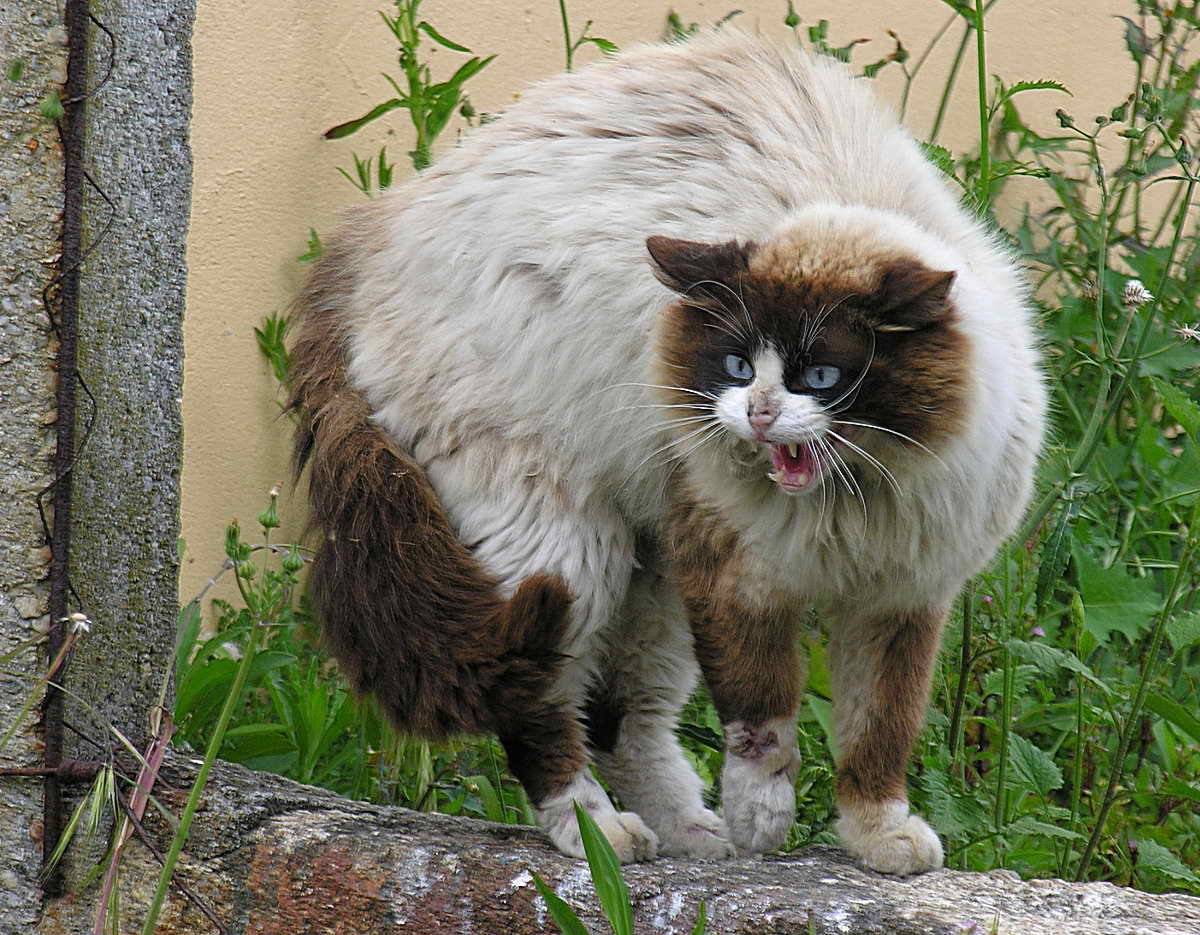
Cats are known for their enigmatic behavior, often leaving their human companions puzzled. Understanding their body language, vocalizations, and habits can deepen the bond between cats and their owners. Cats communicate through a combination of purring, meowing, and body postures. Their unique behaviors, such as kneading and grooming, offer insights into their emotional state and well-being.
Health and Nutrition: Caring for Our Feline Friends
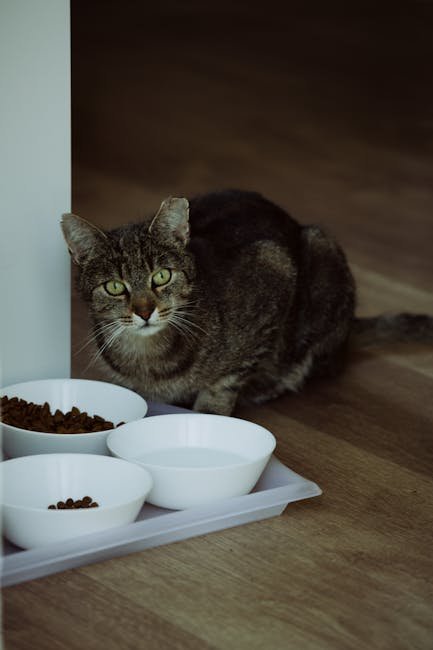
Ensuring the health and well-being of domestic cats is a priority for responsible pet owners. A balanced diet, regular veterinary check-ups, and mental stimulation are essential components of cat care. Cats are obligate carnivores, requiring a diet rich in animal protein. Understanding their nutritional needs and providing appropriate care can extend their lifespan and enhance their quality of life.
Cats in Art and Literature: A Source of Inspiration
Throughout history, cats have served as muses for artists and writers. Their graceful movements and mysterious allure have inspired countless works of art and literature. From ancient Egyptian carvings to modern-day novels, cats continue to captivate creative minds. Their presence in cultural expressions underscores their enduring impact on human imagination.
Cat Myths and Legends: Tales of the Enigmatic Feline
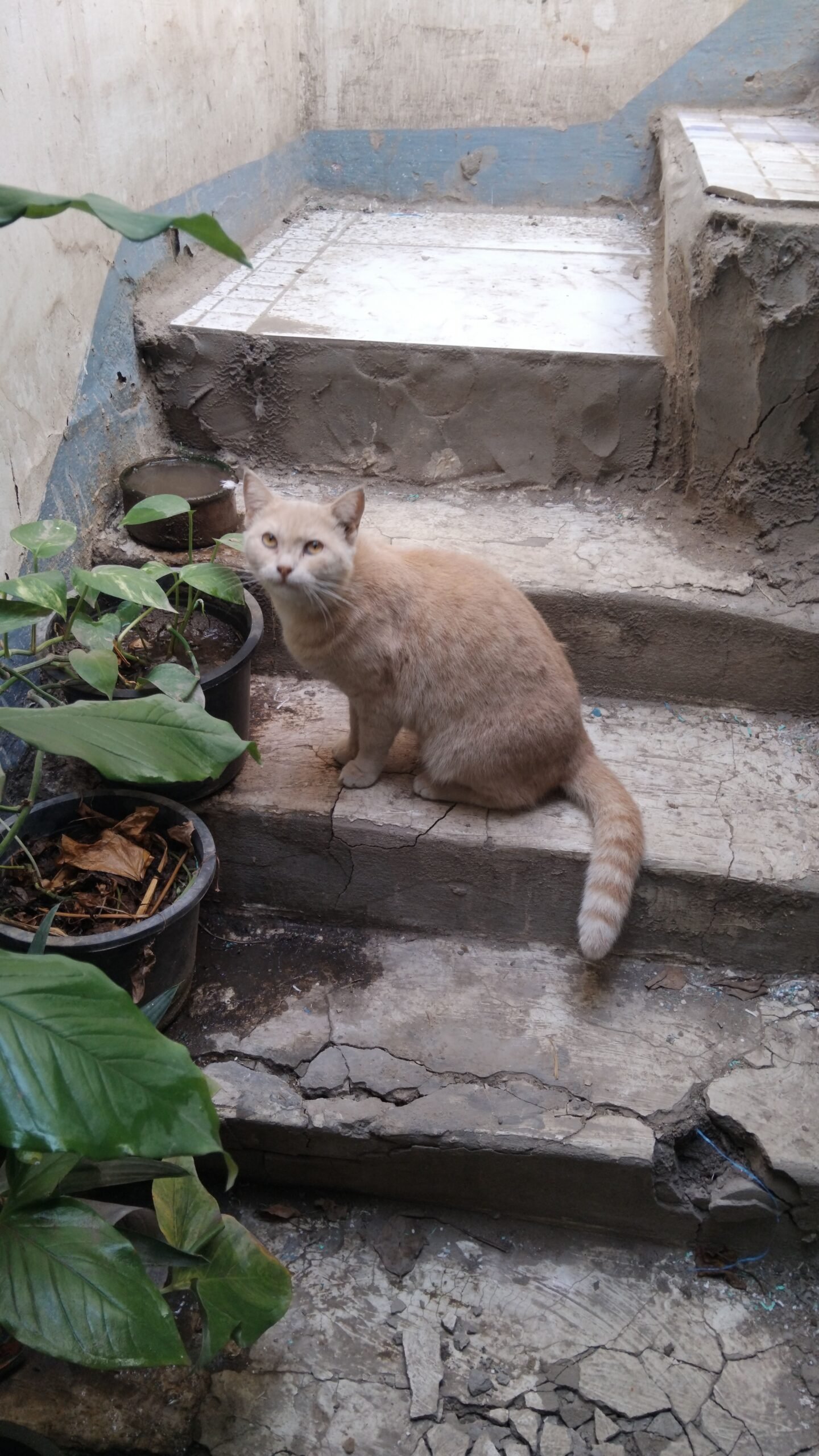
Cats have long been the subject of myths and legends, often portrayed as magical beings. In Norse mythology, the goddess Freyja’s chariot was drawn by cats, symbolizing fertility and love. In Celtic folklore, cats were believed to possess the ability to predict the weather. These stories reflect the deep-rooted fascination and reverence humans have for these enigmatic creatures.
Technology and Cats: The Digital Age of Feline Fame

The advent of technology has brought cats into the digital age, with their antics going viral on social media platforms. Cat videos, memes, and online communities have created a global network of cat enthusiasts. This digital presence has not only increased awareness of cat welfare but also strengthened the bond between humans and their feline companions.
The Future of Domestic Cats: Challenges and Opportunities
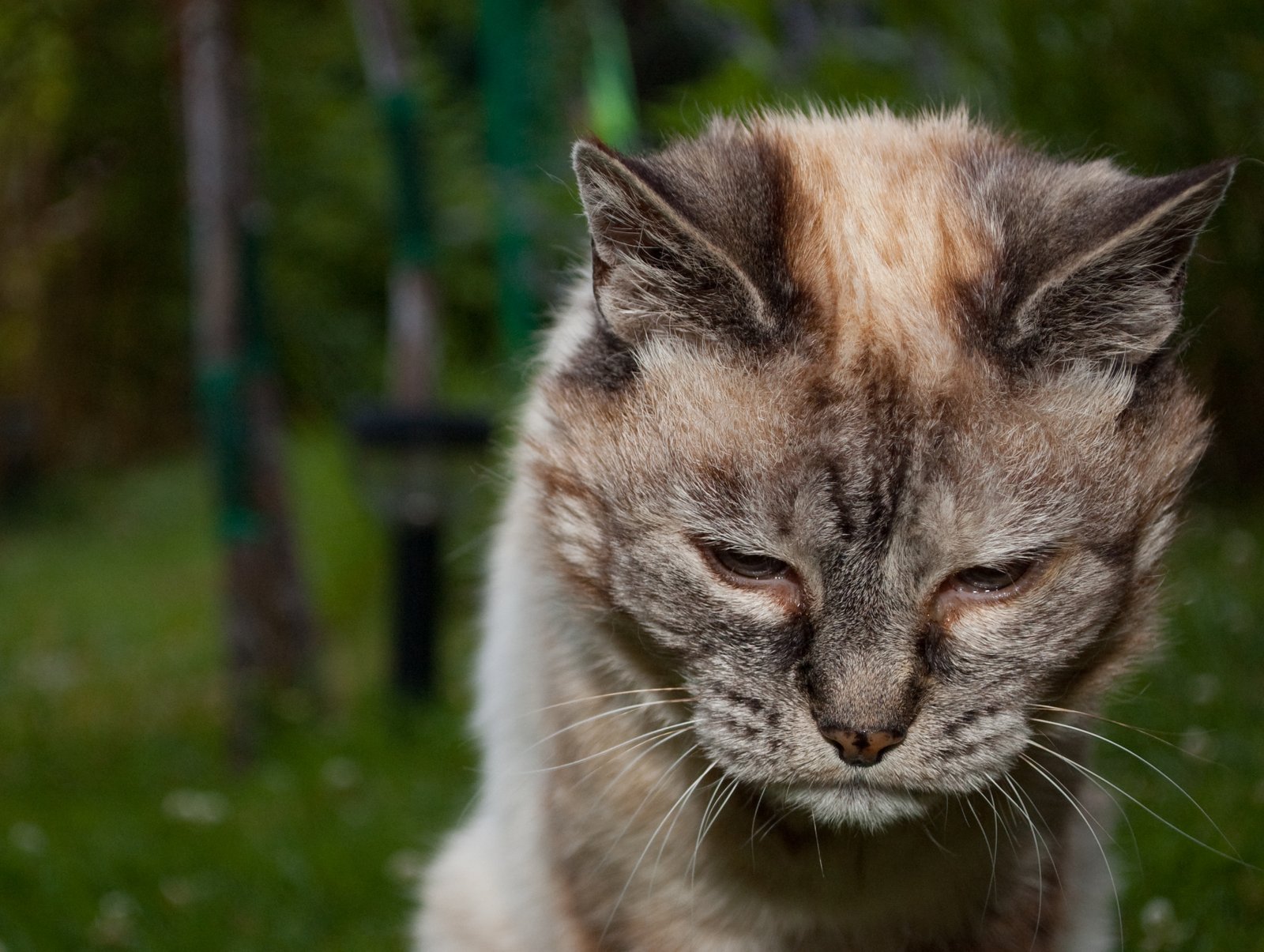
As we look to the future, domestic cats face both challenges and opportunities. Urbanization, climate change, and evolving human lifestyles all impact their existence. However, increased awareness of animal welfare and conservation efforts offer hope for their continued well-being. The future of domestic cats lies in the hands of responsible pet owners and advocates who prioritize their health and happiness.
The Enduring Bond: Humans and Cats
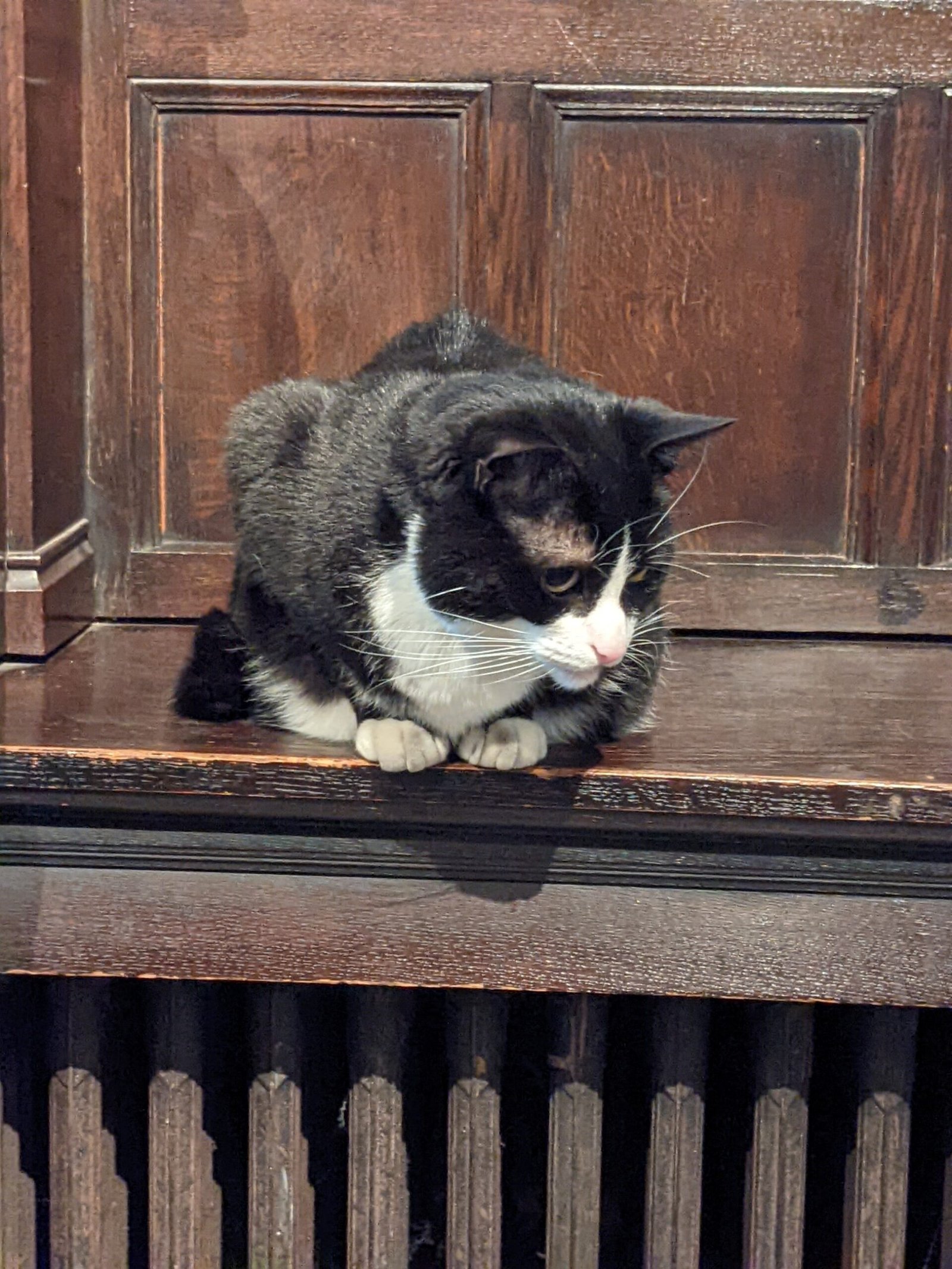
The history of domestic cats is a testament to their resilience, adaptability, and charm. From wild hunters to cherished companions, cats have left an indelible mark on human history. Their journey across continents mirrors the evolution of human societies, highlighting the deep connection between our species. As we continue to share our lives with these enigmatic creatures, the bond between humans and cats remains as strong as ever.
Hi, I’m Bola, a passionate writer and creative strategist with a knack for crafting compelling content that educates, inspires, and connects. Over the years, I’ve honed my skills across various writing fields, including content creation, copywriting, online course development, and video scriptwriting.
When I’m not at my desk, you’ll find me exploring new ideas, reading books, or brainstorming creative ways to solve challenges. I believe that words have the power to transform, and I’m here to help you leverage that power for success.
Thanks for stopping by, Keep coming to this website to checkout new articles form me. You’d always love it!






